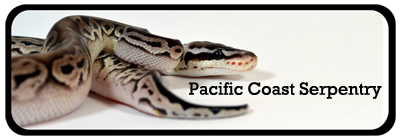No vitamins needed. Whole prey has everything needed for a balanced diet.
Rats and mice of equal size have nearly identical nutritional count.
The differences are almost the same except on fat content(rats have a slightly higher fat%). You have to compare animals of the same size.
An adult mouse is not going to be the same as an adult rat. But a 10 gram mouse is going to be nearly the same as a 10 gram rat.
The only real benefits of feeding rats is that you just have to feed one rat to compared to multiple mice.
It's more of a convenience factor than higher nutritional value.
Nutrient Composition of Whole Vertebrate Prey by RodentPro:
Adult mice (>10g)
- Kcal/g =5.25
- Crude protein % =55.8
- Crude fat % =23.6
Rats (10-50g)
- kcal/g = 5.55
- Crude protein % = 56.1
- Crude fat % = 27.5
http://www.rodentpro.com/qpage_articles_03.asp
Whole prey according to the USDA(page 14 of their PDF provided below):
Adult mice (>10g)
- Kcalorie/g =5.77
- Crude protein % = 56.9
- Crude fat % = 23.5
Rats (10-50g)
- kcalorie/g = 5.67
- Crude protein % = 60.3
- Crude fat % = 26
http://www.nal.usda.gov/awic/zoo/Who...nal02May29.pdf
Additional data found on a non scientific source:
Adult mice (>10g)
- kcal/g = 5.25
- Crude protein % = 55.8
- Crude fat % = 23.6
Rats (10-50g)
-kcal/g =5.55
- crude protein % =56.1
- crude fat % = 27.5
http://www.leedspetshops.co.uk/nutri...snakes-page-69












 Reply With Quote
Reply With Quote